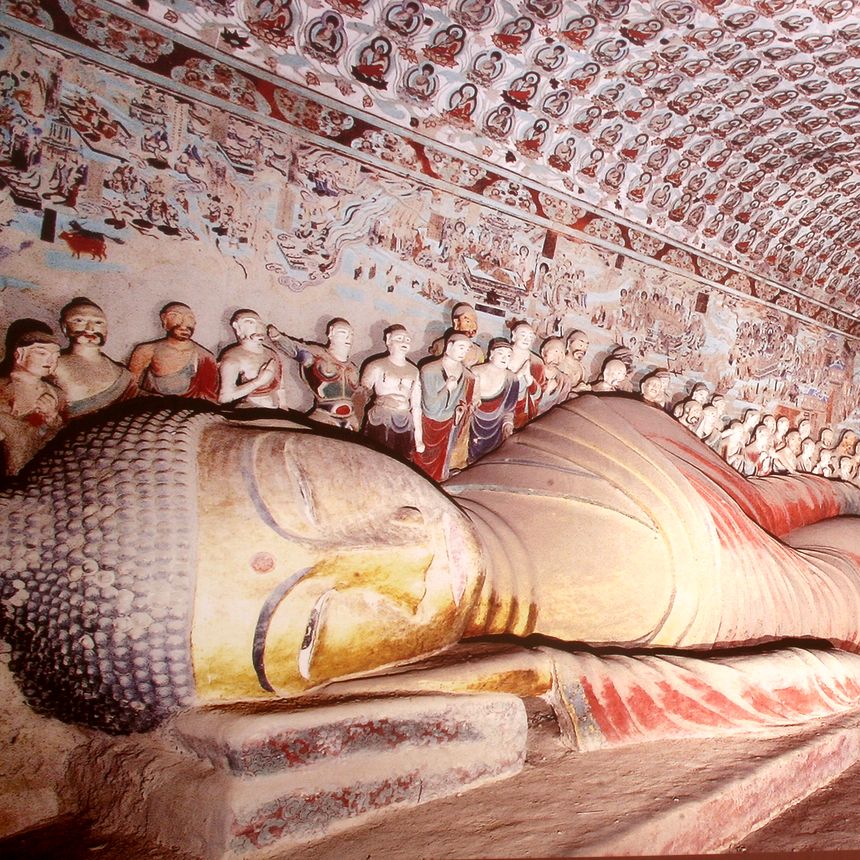
Silk Road through China
China
Silk Road | Culture
Trace ancient paths of merchants, scholars & smugglers
£4,085 pp
This is the per person group tour price, based on 2 sharing. The price is subject to change with exchange rate and flight cost fluctuations.
16 days